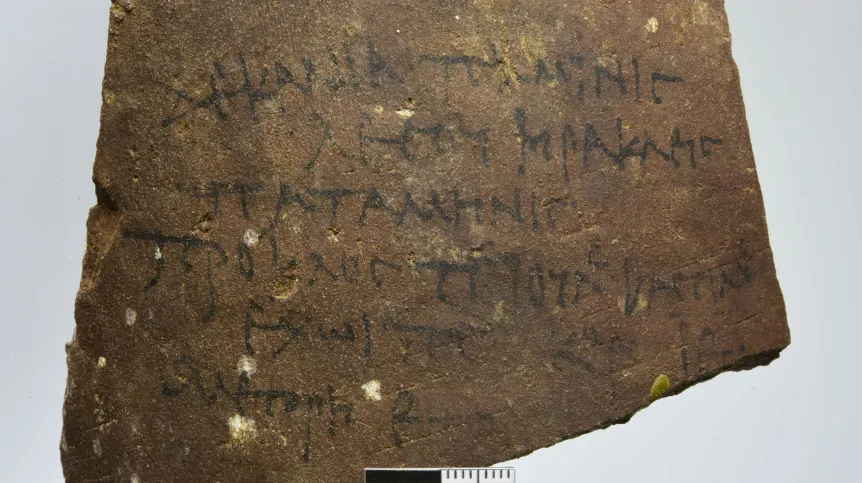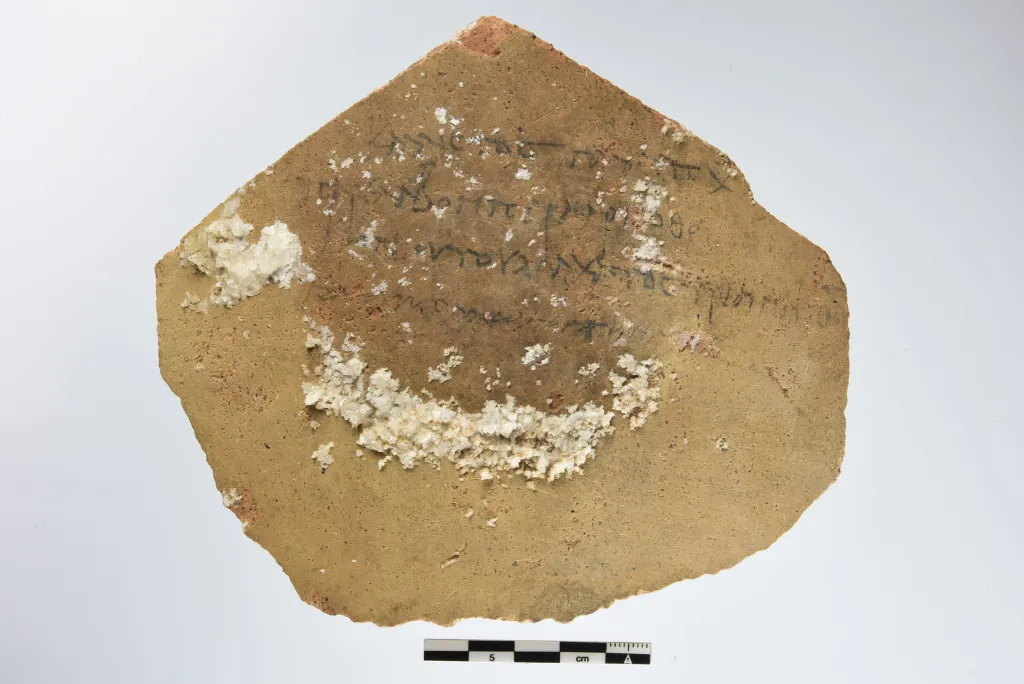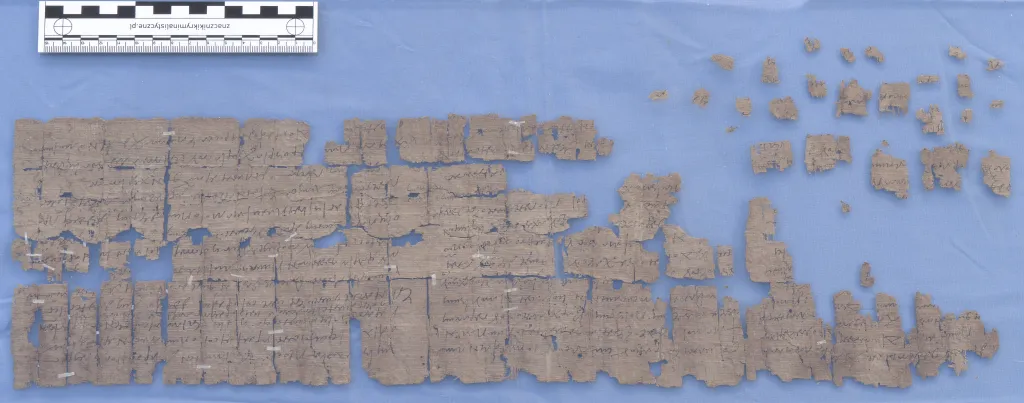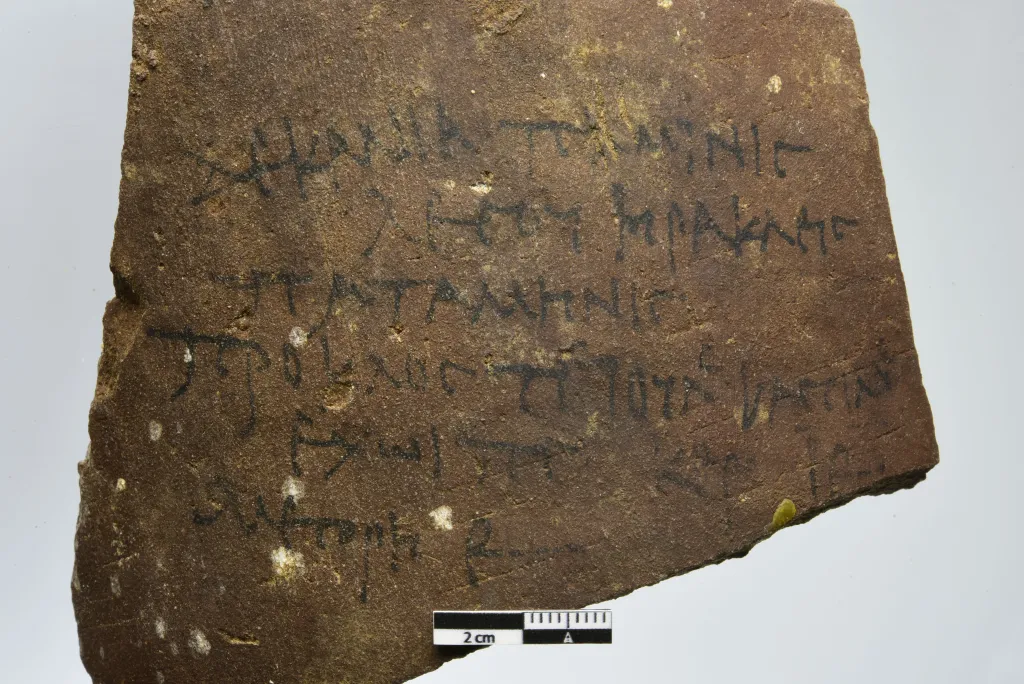
Polish archaeologists investigating an ancient port have found papyri containing letters from Roman centurions stationed in Egypt. These unique documents were discovered together with items including ceramics from Italy, Roman coins and a specific coat pin in a place that could have been the remains of the centurion's office.
'For Egyptologists and other scientists dealing with antiquity, this is an extremely rare, high-calibre discovery. There are very few sites from the Roman period in this part of the world. The Egyptians do not promote this period in history, in part because it was the time when they were conquered. However, the rank of these discoveries is truly phenomenal', says Dr. Marta Osypińska from the Institute of Archaeology of the University of Wrocław.
The correspondence preserved on papyri are letters from centurions, i.e. officers and commanders of Roman legions. The names that appear in the letters are: Haosus, Lucinius and Petronius.
'In this correspondence, Petronius asks Lucinius, stationed in Berenike, about the prices of individual exclusive goods. There is also the statement: I am paying you the money back, I am sending it by dromedarii (a unit of legionnaires riding on dromedaries). Take care of them, provide them with veal and poles for their tents', says Dr. Osypińska.
Berenike on the Red Sea is an ancient port built by Emperor Tiberius shortly after the annexation of Egypt by the Roman Empire. Archaeologists have suspected for years that the Third 'Cyrenean' Legion was also stationed in Berenike. That legion was famous for pacifying the uprising in Jerusalem in 70 CE.
The animal cemetery where the papyri were found is located on the western outskirts of Berenike. So far, mainly ostracons have been found there, which - according to Dr. Osypińska - are 'objects of desire' for philologists and epigraphists. 'It is a direct Roman written source found in Egypt. Now, when looking for animal burials, we extract dozens of these ostracons. However, no one has found papyri at this site until now', she says.
According to scientists, the finds come from the centurion's office or residence, which must have been located near the cemetery. Over the years, when the area was levelled, the relics of the legionnaires' presence were mechanically transferred to the animal cemetery.
At first, it was difficult to assess the importance of the discovery. Archaeologists found only small, few centimetres long rolls. They were identified as fragments of papyri, but unwritten papyri were usually kept that way.
'We still secured them and waited for the arrival of the epigraphist, head of the Institute of Papyrology at the Heidelberg University, Professor Rodney Ast. He and his wife used these small rolls to put together a puzzle half a meter long and 30 cm wide. They covered it with glass so the papyri could stretch out, and were able to put together several letters. These texts are still being carefully studied', says Dr. Osypińska
The project 'Non-humans in Berenike society', led by Dr. Osypińska is financed by the Polish National Science Centre. The Polish-American mission in Berenike is led by Dr. Mariusz Gwiazda from the Polish Centre of Mediterranean Archaeology, University of Warsaw and Professor Steven Sidebotham from the University of Delaware in the USA. (PAP)
PAP - Science in Poland, Ewelina Krajczyńska-Wujec
ekr/ agt/ kap/
tr. RL
Gallery (3 images)
-
 1/3Credit: K. Braulińska
1/3Credit: K. Braulińska -
 2/3Credit: Sz. Poplawski
2/3Credit: Sz. Poplawski -
 3/3Credit: K. Braulińska
3/3Credit: K. Braulińska













